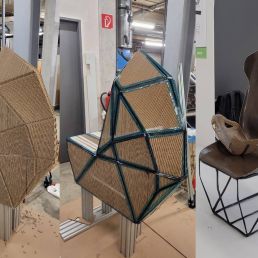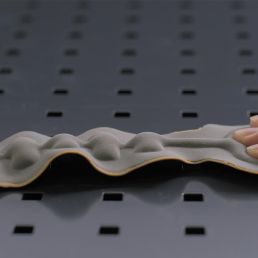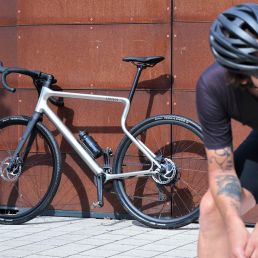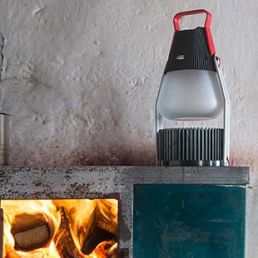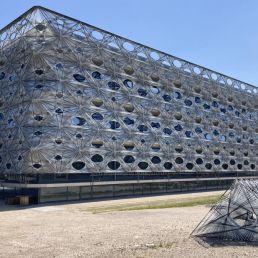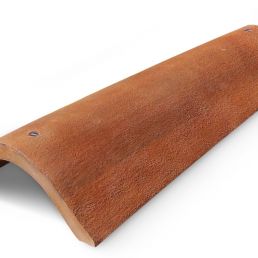
Material treasures of the future
Exhibit area on smart and circular materials
4 May 2024–1 June 2027, Berlin
location: Futurium Lab
organizer: Futurium
selection of exhibits and didactics: Diana Drewes & Sascha Peters
With the Green Deal, the European Union has agreed to reorganize the economic system. A major transformation towards a circular economy has begun. The main aim of this will be a new understanding of how to use existing resources. The materials used should be kept in biological and technical cycles for as long as possible.
Raw materials for a circular economy
A large number of the materials still used today will give way to circular alternatives that are either based on renewable resources or can be fitted into re-use, re-pair and re-cycle strategies. In the future, there will be an idea for every material to be returned to the cycle.
In addition, material concepts are sought that have a positive influence on their surroundings and whose functionality enables efficient use through smart properties.

As part of an exhibition in the Futurium Lab, the future agency HAUTE INNOVATION shows current and future material alternatives using 40-50 product examples, samples and demonstrators and explains their importance for the change to a climate-neutral circular economy. The exhibition places a particular focus on innovations based on natural resources.
Material treasures in the biological cycle
“We are currently experiencing that the most exciting innovations are taking place in biological cycles,” explains Dr. Sascha Peters from Haute Innovation set the focus. “This doesn’t mean that we turn back the screw and do everything like it was 200 years ago, but that we continue to develop the materials so that they work in our modern world.”
Whether it’s a skateboard made 100% from dense pressed paper, a street sign made from hemp fibers or batteries with graphite made from lignin: the exhibition shows surprising things and at the same time makes it clear that the biggest challenge is developing materials for high-tech applications , which can be returned to the biological cycle as nutrients after use.
Visitors can examine the structural properties of selected materials using a microscope. Demonstrators of so-called “Smart Materials” provide insight into current research work on functional materials.
images: FÖNIKUS shows in an aesthetic and playful way what thermal shape memory alloys are capable of, what they can achieve and how they can be used (source: innovation network “Smart3“, design: Beate Eismann, photo: Sascha Linke)
Ecoblaq molecular wood colours
23 March 2024
Ecoblaq is a molecule manipulation method, a natural chemical reaction, making…
Natural fiber reinforced car seat
22 October 2023
The focus of the project "Design for Recycling" is a seat shell that is made…
MotorSkins morphing textiles
19 April 2022
Berlin based start-up MotorSkins designs and produces textiles with embedded…
3D Pioneers Challenge 2022
15 December 2021
The 3D Pioneers Challenge 2022 adresses tech pioneers who pave the way for…
IGNIS – Light from waste heat energy
12 August 2020
The availability of affordable, independent and, above all, clean electrical…
Brake disc with reduced fine dust
21 April 2021
Fine dust endangers our health. One of the main sources is traffic, especially…
Texoversum
15 July 2023
With the "Texoversum", Reutlingen University has put into operation a training…
Invisible Terracotta Solar Rooftile
10 May 2023
The family-run business Dyaqua has developed a technology to integrate a…
Xarvio – Digital Farming
8 January 2021
BASF Digital Farming GmbH has received the renowned Crop Science Award for the…

